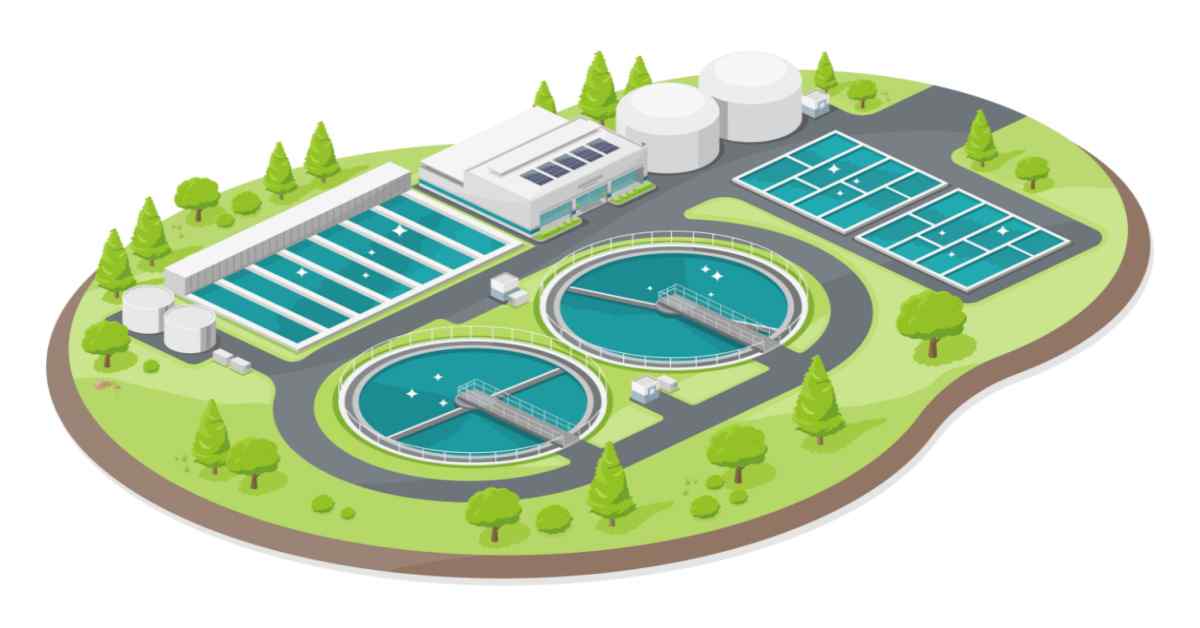Trustworthy Wastewater Solutions for Sustainable Living and Industry
Trustworthy Wastewater Solutions for Sustainable Living and Industry
Blog Article
Comprehending Wastewater Therapy Processes and Their Ecological Impact
The complexities of wastewater treatment processes play a critical duty in mitigating environmental obstacles associated with water contamination. Each phase, from initial to sophisticated therapies, is developed to resolve specific contaminants, ultimately safeguarding both public health and marine ecosystems.
Overview of Wastewater Therapy
Just how is wastewater changed right into a secure resource for the environment? Wastewater treatment is a vital process designed to get rid of contaminants from utilized water, consequently protecting public health and protecting ecological communities. This procedure begins with the collection of wastewater from residential, commercial, and business resources, which is after that guided to treatment centers.
At these centers, various physical, chemical, and organic techniques are employed to treat the wastewater. Initial testing removes huge debris, followed by sedimentation to different heavier solids. Ultimately, biological treatments, such as turned on sludge procedures, utilize microbes to break down raw material. These approaches not only reduce toxin levels yet also promote the healing of beneficial nutrients.
The dealt with effluent can be safely discharged right into natural water bodies or reused for watering and industrial purposes, promoting resource conservation. In addition, the therapy procedure generates biosolids, which can be repurposed as fertilizers or dirt amendments, additionally boosting sustainability.
Stages of Treatment Procedures
The wastewater therapy process typically contains three primary stages: preliminary, primary, and additional treatment. Each phase offers a distinct function in reducing the pollutant tons and ensuring the effluent meets environmental requirements prior to discharge.

The main treatment phase concentrates on the physical splitting up of put on hold solids from the wastewater. Via sedimentation, heavier fragments resolve at the base of sedimentation tanks, creating sludge, while lighter products, such as oils and oils, float to the surface area and are skimmed. This process substantially minimizes the natural and inorganic load in the wastewater.
Secondary therapy is a biological process targeted at further reducing the focus of natural issue. Different methods, including activated sludge systems and trickling filters, make use of microbes to metabolize natural contaminants. This stage is essential for achieving the essential biochemical oxygen need (BODY) reduction, ultimately leading to cleaner effluent all set for discharge or additional treatment. Each phase is essential in securing environmental and public wellness.

Advanced Treatment Technologies
Adhering to the additional therapy processes, progressed treatment modern technologies play a crucial role in further improving the high quality of treated wastewater. These innovations are made to get rid of residual impurities that are not efficiently gotten rid of during main and second treatments, ensuring the effluent satisfies rigorous regulative criteria.
Among the commonly utilized sophisticated therapy methods are membrane layer purification, reverse osmosis, and advanced oxidation procedures. Membrane layer filtration, including microfiltration and ultrafiltration, is effective in separating great particles, microorganisms, and colloids from the water (Wastewater). Reverse osmosis makes use of semi-permeable membranes to eliminate liquified solids, resulting in high-grade water suitable for different applications
Advanced oxidation procedures (AOPs) utilize strong oxidants to break down organic contaminants, including pharmaceuticals and personal care products that are immune to standard therapy. These techniques improve the biodegradability of complicated substances, facilitating their removal.
One more considerable modern technology is the usage of organic nutrient removal procedures, helpful hints which especially target nitrogen and phosphorus, protecting against eutrophication in obtaining water bodies. On the whole, advanced therapy modern technologies are essential for accomplishing greater levels of filtration, advertising water reuse, and securing public wellness while resolving the difficulties related to wastewater management.
Environmental Advantages of Therapy
Countless ecological benefits arise from reliable wastewater treatment procedures that add to ecosystem health and wellness and sustainability. Mostly, these procedures significantly reduce the launch of harmful toxins right into all-natural water bodies, which assists maintain aquatic ecosystems. By getting rid of impurities such as hefty metals, nutrients, and pathogens, dealt with wastewater minimizes the threat of waterborne illness and promotes biodiversity in marine settings.
Additionally, wastewater treatment facilities usually utilize sophisticated technologies that enable water recycling and reuse. This technique not only conserves fresh water resources yet likewise decreases the need on all-natural water supplies. Boosted nutrient elimination from wastewater can also protect against eutrophication, a procedure that leads to algal blossoms and subsequent oxygen deficiency in water systems.
Additionally, reliable treatment processes can minimize greenhouse gas emissions, specifically methane and nitrous oxide, which are often launched during unattended wastewater decay. By recording and using biogas from anaerobic digesters, facilities can transform waste into eco-friendly energy, therefore contributing to a decrease in nonrenewable fuel next page source reliance.
Obstacles and Future Trends
While the environmental benefits of wastewater therapy are clear, several difficulties linger that impede optimum outcomes in this field. One significant issue is aging framework, which typically brings about inefficiencies and boosted functional costs - Wastewater. Numerous therapy plants were designed decades back, and their capacities do not align with contemporary needs, that include stricter regulative requirements and greater quantities of wastewater due to urbanization
Looking ahead, there is a growing focus on resource recovery and round economic situation principles within wastewater treatment. Developments such as anaerobic food digestion, which can create biogas, and progressed filtration innovations are gaining grip. These techniques not just enhance therapy effectiveness however additionally advertise sustainability.
Inevitably, dealing with these challenges calls for partnership amongst stakeholders, financial investment in modern technology, and a dedication to continuous research study. By accepting these fads, the wastewater therapy industry can develop to fulfill the demands of an altering environment and culture.
Verdict
In final thought, wastewater treatment processes play an important function in improving ecological top quality and public health. The multi-stage therapy structure, find here paired with sophisticated innovations, successfully reduces pollution and promotes sustainable water administration.
Report this page